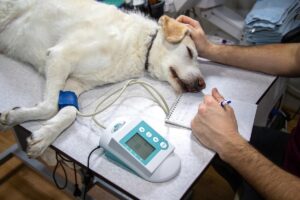The Animal Blog
Understanding Early Breast Cancer Signs and Symptoms: A Comprehensive Analysis
Introduction to Early Breast Cancer Detection
Early detection of breast cancer significantly increases the chances of successful treatment and survival. In 2025, with the advancement of medical technology and increased awareness, understanding the early signs and symptoms of breast cancer has never been more crucial. This article delves into the various indicators that can signal the onset of breast cancer, emphasizing the importance of timely medical intervention.
Recognizing Physical Changes in the Breast
One of the most common early signs of breast cancer is noticeable changes in the breast’s appearance or feel. These changes can include:
- A lump or mass that feels different from the rest of the breast tissue
- Swelling of all or part of the breast
- Skin irritation or dimpling
- Redness or flaky skin in the nipple area or the breast
These symptoms may not necessarily indicate cancer, but they warrant a medical examination. The presence of a lump, for instance, can be benign, yet it is crucial to consult a healthcare professional to rule out malignancy. In recent years, there has been an increased emphasis on self-examinations, empowering individuals to detect abnormalities early.
Nipple Changes and Discharge
Nipple changes are another significant indicator of potential breast cancer. These changes might include:
- Inversion or turning inward of the nipple
- Nipple discharge, which may be clear, bloody, or another color
- Scaling or peeling of the nipple skin
While nipple discharge can occur for various benign reasons, such as hormonal changes or infections, persistent or unusual discharge should be evaluated by a healthcare provider. Understanding these signs can lead to early diagnosis and treatment, improving outcomes.
Unexplained Breast Pain
Breast pain is a less common early sign of breast cancer but can still occur. It is essential to differentiate between cyclical breast pain, associated with the menstrual cycle, and persistent, unexplained pain. Persistent pain that does not correlate with the menstrual cycle or is localized to one area should be assessed by a healthcare professional. While breast pain alone is rarely indicative of cancer, it can be a symptom when accompanied by other changes.
Swelling and Lymph Node Changes
Swelling or a lump in the lymph nodes under the arm or around the collarbone can be an early sign of breast cancer. This occurs when cancer cells spread to the lymph nodes, causing them to enlarge. If you notice any persistent swelling or lumps in these areas, it is critical to seek medical advice. Early detection of such changes can lead to more effective treatment strategies and better prognosis.









